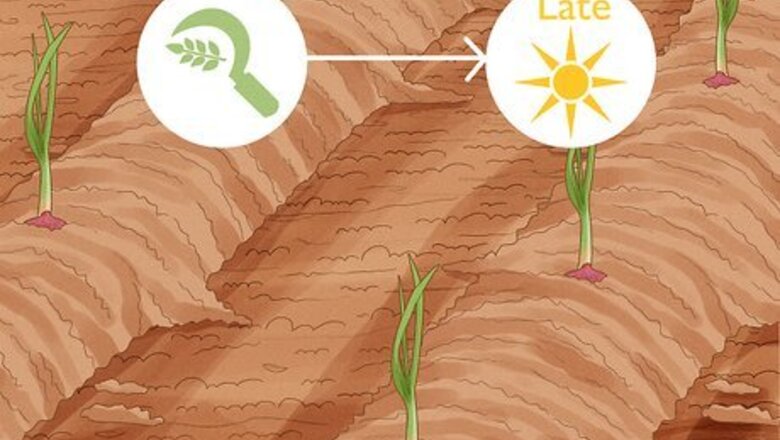
views
Digging up the Onions
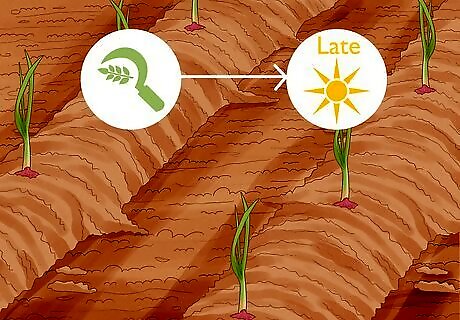
Harvest your onions in the late summer before it gets cold outside. Mature onions may spoil in the cool fall temperature, so harvest them before the first frost. If you planted the onions in the spring, they should be ready in the summer. You can harvest and eat your onions at any phase of their growth, but they'll be larger if you wait until the end of summer when they're fully mature.
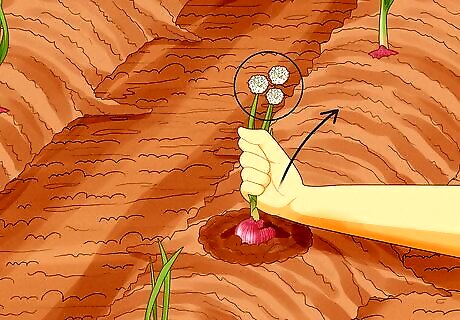
Pull onions that form flowers immediately. Target onions with flowers on top first because they will rot if left in the ground. Onions that form flowers don’t store well and must be used within 3-4 days. When an onion plant grows flowers, it’s a sign that the onion has stopped growing and the plant is now focusing its energy on the flowers. The growth of flowers on the top of an onion is known as “bolting” and is often seen as undesirable to onion growers. You do not have to go through the curing process for onions that have grown flowers.
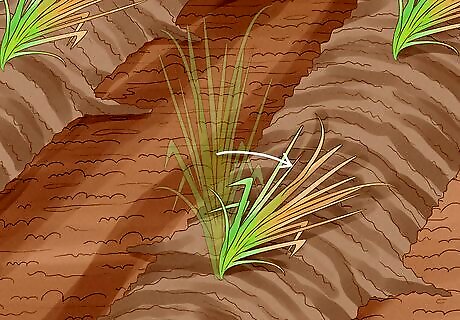
Wait for the green foliage to fall over if there are no flowers. Most onion plants will ripen sometime in the late summer. When the green foliage of the onion plant falls over on its side and turns yellow or brown, it’s a good sign that the onion is ready to be harvested.
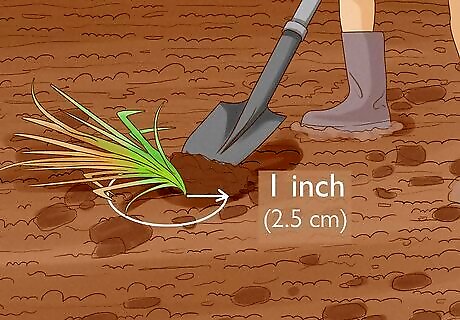
Loosen the soil around the onion. Use a spade to carefully dig a circle, 1 inch (2.5 cm) around the bulb. Dig around and under the bulb and sever the roots of the onion. Do not cut the onion with the spade because it will cause the onion to rot prematurely.
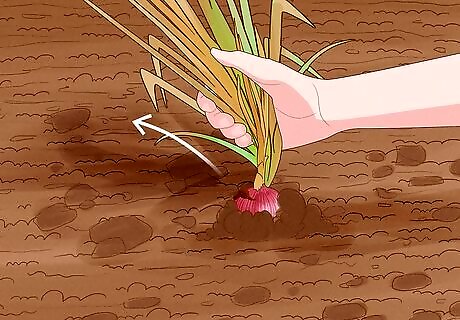
Pull up on the plant’s neck to uproot the onion. Firmly grab the base of the green leaves and pull up to extract it from the ground. Loosen the soil with the spade more if you’re having trouble getting it out of the ground. Handle onions carefully so that you don’t bruise them. Bruising will cause rot.
Curing the Onions
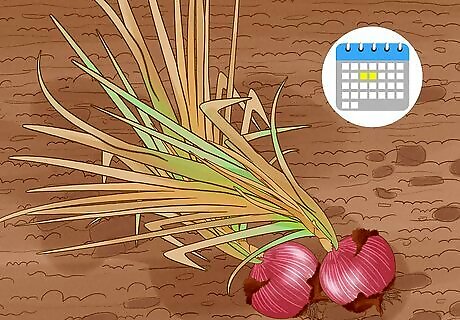
Leave the onions on the ground for 2 days, weather permitting. If it’s sunny outside, let the onions sit on the dirt for 2 days to let the roots and skin dry out. Bring the onions inside if it starts raining. Moisture from the rain will cause the onions to rot. If it's rainy outside, place your onions under an awning or inside a shed while they cure. This will keep them from spoiling.
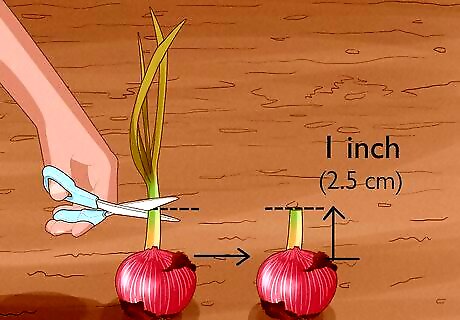
Cut the green tops of the onion to 1 inch (2.5 cm). Use a scissor to cut off most of the green tops on the onion. Do not cut all of the green tops as leaving 1 inch (2.5 cm) of green foliage at the top of the onion will prevent rot.
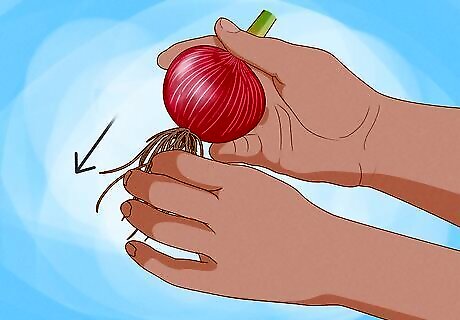
Snip the roots off the onion. Cut the roots as close as the bulb as you can but don't worry if there are a couple of roots remaining on the bulb, as this will not affect the onion. Most of the roots should be somewhat dry and easy to cut off with a scissor.
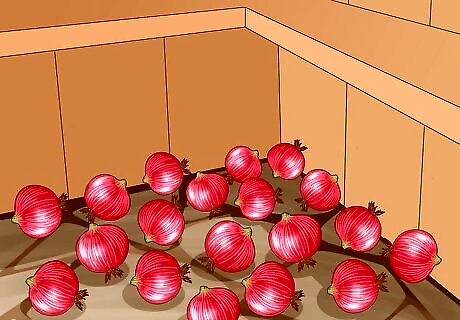
Store the onions in a warm, ventilated space for 2-3 weeks. Spread the onions out on the ground in a shady place, like a root cellar or garage. Keep the onions out of direct sunlight during this time period. Over this time, the onions will dry out more. Lay newspaper on the ground if you don't want to place your onions directly on the ground.
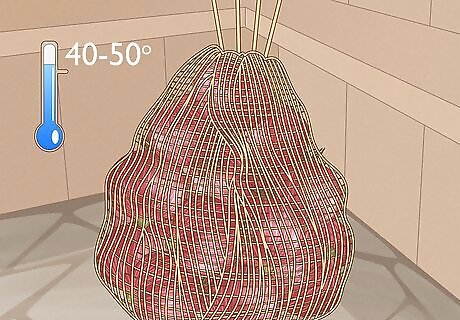
Store the onions in 40–50 °F (4–10 °C) in a mesh bag or nylon stocking. A mesh bag or nylon stocking will prevent the onions from bruising and forming mold. Keep the onions in a dry area that’s free of humidity. You can keep a raw, uncut onion at room temperature for 4-6 weeks after it has cured. Do not store onions next to fruits like apples or pears because they may ruin the taste of the fruit. Pungent onions store for a longer time than sweet onions, so eat sweet onions first. Onions will stay fresh in the refrigerator for 1-2 months.












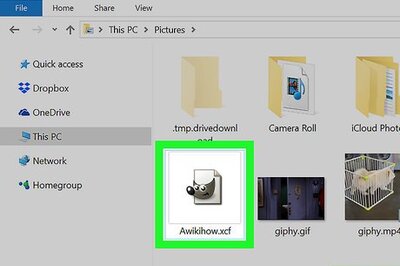






Comments
0 comment